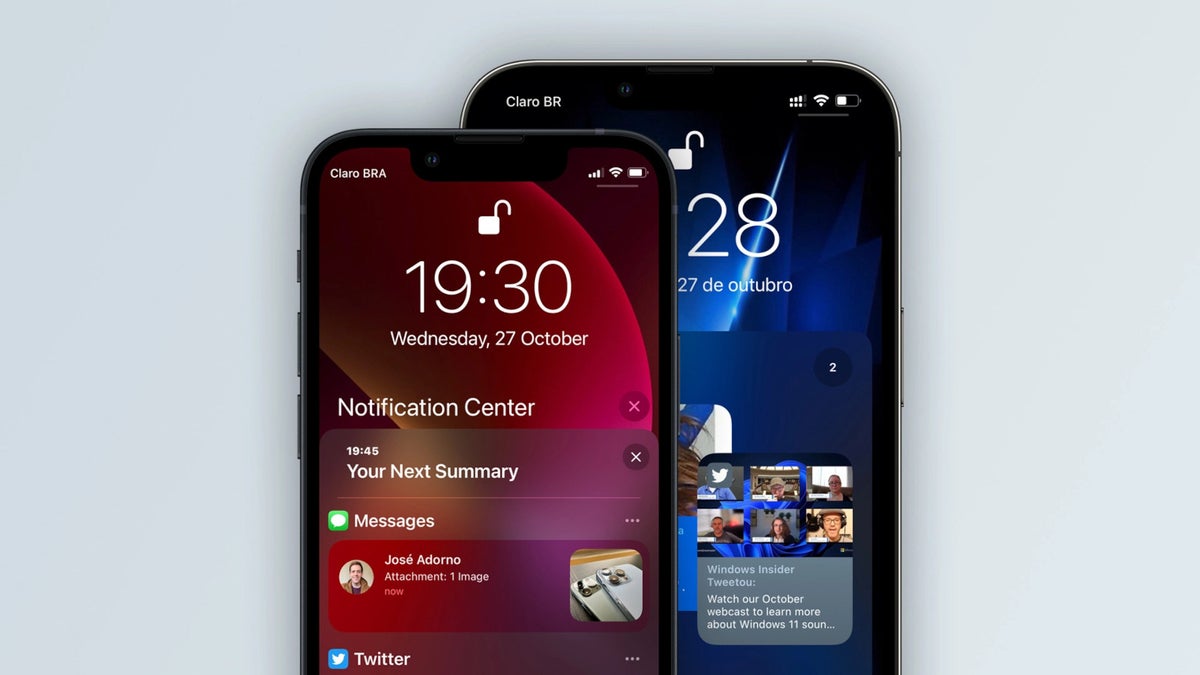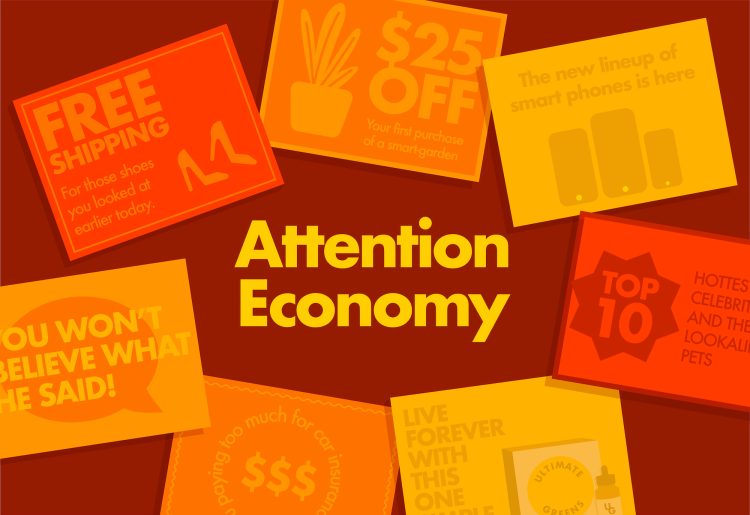In the digital age, apps don’t just want your attention—they demand it. From social media platforms to fitness trackers, streaming services to messaging apps, every app on your phone seems to be shouting, “Look at me! Now! Right now!” But why is that? Why does every app, regardless of its original purpose, scramble for a piece of your precious attention 24/7? Let’s dive into the psychology, economics, and technology behind this relentless race for your focus—and explore what it means for you.
The Attention Economy: Why Your Focus Is the New Gold
The phrase “attention economy” has become a buzzword in recent years, but it’s a concept rooted in economics and psychology. Simply put, attention is a scarce resource. Unlike money or data, you can only spend your attention on one thing at a time, and there’s a fixed amount to give in a day.
What Makes Attention So Valuable?
In the pre-digital era, companies sold products or services directly. Now, many apps operate as intermediaries—they give you a “free” service, but their real product is your attention. Advertisers pay big money to reach you, and your attention is the currency.
This creates a marketplace where apps compete fiercely, trying to capture and keep your gaze. The more attention an app can command, the more advertising revenue or data it can generate.
The Metrics Behind the Chase
Key performance indicators (KPIs) like daily active users (DAU), session length, and engagement rate dictate how valuable your attention is. Investors and advertisers demand growth in these metrics, pushing developers to optimize for more frequent and longer usage.
The Psychology of Attention: How Apps Hook You In
Understanding human psychology is crucial to grasp why apps are so addictive. They use a cocktail of cognitive biases and behavioral triggers to capture and hold your focus.
The Dopamine Loop: Your Brain’s Reward System on Overdrive
Apps exploit the brain’s dopamine-driven reward circuitry. Each time you receive a notification, a like, or a new message, your brain releases dopamine, the “feel-good” neurotransmitter. This reward encourages you to check your phone repeatedly, creating a feedback loop.
- Variable Rewards: Just like slot machines, apps deliver rewards unpredictably. This variable-ratio reinforcement schedule is incredibly powerful at maintaining engagement because you never know when the next “hit” will come.
- Social Validation: Humans are wired to seek social approval. Notifications from friends or followers offer this validation, making you more likely to stay glued to the screen.
Fear of Missing Out (FOMO)
FOMO is a potent psychological driver in the app world. The constant stream of notifications reminds you that if you don’t check in, you might miss important news, messages, or events. This anxiety encourages near-constant app engagement.
Infinite Scroll and Autoplay: The Bottomless Pit of Content
Many apps feature infinite scroll or autoplay videos—features designed to keep you consuming content without pause. Without natural stopping cues, your brain finds it harder to disengage, leading to extended usage times.
Technology Behind the Curtain: How Apps Capture Attention

Beyond psychology, the technology and design choices made by app creators are deliberate and calculated to maximize engagement.
Push Notifications: The Digital Nudge
Push notifications are the most direct way apps seek your attention. They interrupt whatever you’re doing, offering alerts that feel urgent and personal.
- Personalization: Apps use data like your habits, location, and preferences to craft notifications that feel tailor-made, increasing the chance you’ll respond.
- Timing: Smart algorithms send notifications when you’re most likely to engage, often learned by monitoring your behavior patterns.
Machine Learning and AI: The Invisible Hand
Behind the scenes, artificial intelligence (AI) personalizes content feeds and notification schedules. Machine learning models analyze your interactions to predict what will keep you hooked next.
- Content Curation: Newsfeeds, video suggestions, and ads are tailored dynamically to maximize your interest.
- Behavior Prediction: Apps learn when you’re likely to check your phone and push notifications accordingly.
Design Patterns: Dark Patterns and Habit Loops
Some apps use subtle “dark patterns” in design—features that manipulate user behavior by making it harder to exit, unsubscribe, or ignore content.
- Intermittent Rewards: Encouraging repeated checking by randomizing content or rewards.
- Friction in Exiting: Hiding logout buttons, making opt-out complicated.
- Infinite Content: As mentioned, endless scrolling traps users in a cycle.
The Business Model Behind Attention Seeking
Most apps operate on revenue models that depend on keeping users engaged for as long as possible.
Advertising: The Main Culprit
Advertising revenue is directly proportional to the time users spend in the app. More time means more ads, which means more money.
- Programmatic Ads: Automated ad buying ensures you see ads tailored to your interests.
- Native Ads: These are ads designed to blend in seamlessly with content, making them less intrusive and more engaging.
Data Harvesting: Your Behavior as a Product
User data is gold in the digital age. Apps collect massive amounts of behavioral data to:
- Improve algorithms for content and ads.
- Sell data or insights to third parties.
- Build detailed profiles for targeted marketing.
Subscription and In-App Purchases
While ads dominate, many apps supplement revenue with subscriptions or microtransactions, relying on sustained engagement to convert users into paying customers.
The Cost of Constant Attention: What It Means for You
While apps compete for your attention, what does this mean on a personal and societal level?
Mental Health and Well-being
Numerous studies link excessive app use and social media engagement to anxiety, depression, and reduced attention spans.
- Attention Fragmentation: Constant notifications disrupt focus and increase cognitive load.
- Sleep Disruption: Nighttime phone use affects circadian rhythms.
- Social Comparison: Curated online personas can impact self-esteem.

Productivity and Focus
The relentless attention demands of apps fragment your work and leisure time, leading to lower productivity and more stress.
Privacy Concerns
The data collected to personalize your experience often compromises privacy, raising ethical questions.
Strategies Apps Use to Keep You Hooked (And How to Resist)
Understanding the tactics apps use can empower you to take back control.
Common App Tactics
- Notification Overload: Frequent pings designed to draw you back.
- Personalized Content Feeds: Content tailored to your preferences.
- Gamification: Badges, points, and streaks to encourage habit formation.
- Social Pressure: Friend activity updates and public leaderboards.
Tips to Regain Control
- Turn Off Non-Essential Notifications: Limit distractions.
- Use Screen Time Tools: Set app limits.
- Schedule Phone-Free Periods: Protect focus and rest.
- Mindful Usage: Ask why you’re opening the app.
- Digital Detox: Periodic breaks to reset habits.
The Future of Attention in App Design
With growing awareness of the negative impact of attention-hungry apps, a new wave of “humane tech” is emerging.
Ethical Design and Regulation
- Time Well Spent Movement: Advocates for apps that respect user attention.
- Legislation: Governments starting to regulate data use and addictive design.
- Design for Focus: Some apps now include focus modes or limit features.
AI as a Double-Edged Sword
While AI enhances engagement, it also holds potential to improve user well-being by personalizing not just content, but pacing and breaks.
Conclusion: The Battle for Your Attention Is Real—And You Can Win
Every app wants your attention 24/7 because your focus is their most valuable resource. Through clever psychology, smart technology, and business incentives, apps keep you hooked, often at the expense of your mental health and productivity.
But awareness is the first step toward reclaiming your time and focus. By understanding why apps act this way and employing practical strategies, you can transform your relationship with technology from passive victim to empowered user.
In the end, the attention economy isn’t going away—it’s evolving. But you have the power to decide where, when, and how you give your attention. After all, your focus is your most precious asset—protect it wisely.


















































Discussion about this post